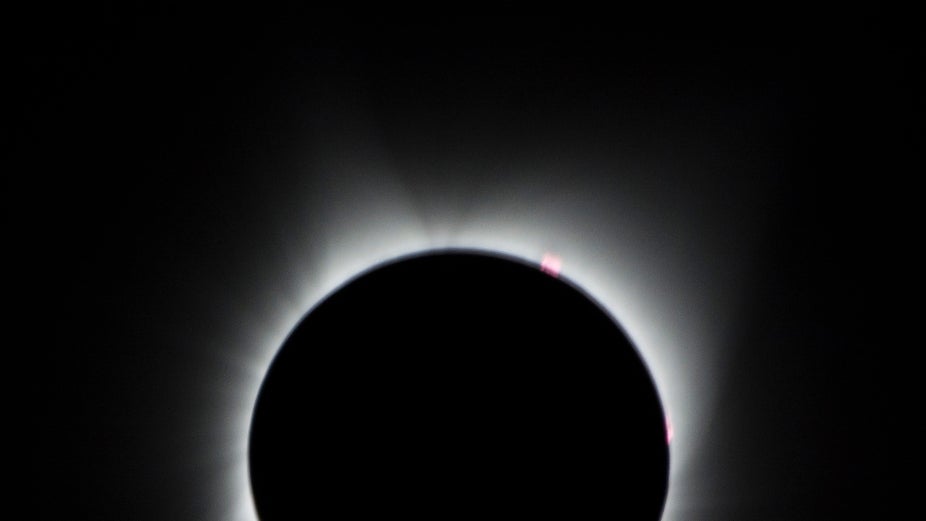Understanding how we see our Sun's atmosphere
Modern society is increasingly dependent on the power grid, airplanes, and satellites. All of this infrastructure can be severely impacted by powerful releases of magnetic energy from our Sun such as during solar flares. In order to plan for their impact, we first need to understand the physical conditions in the solar atmosphere, known as the corona. But how can we do this without physically traveling to our Sun? Through a combination of powerful, highly specialized telescopes and advanced computer models, scientists are able to observe light emitted from our Sun in very high resolution, as well as look inside the modeled corona. In this Explorer Series conversation, NSF NCAR scientist Dr. Anna Malanushenko shares with us some unexpected results of her recent work comparing observations of sunlight with modeled structures of the solar atmosphere. The results may lead us to rethink how we measure—and understand—the atmosphere of our Sun.
Anna Malanushenko
Dr. Anna Malanushenko is an astrophysicist and solar physicist at the High Altitude Observatory (HAO) division of NSF NCAR. She received her PhD in Solar Physics from Montana State University in 2010, after which she completed two postdocs at the Lockheed Martin Solar and Astrophysics Lab and NSF NCAR. Dr. Malanushenko’s research focuses on the magnetic field in the solar atmosphere, particularly how emissivity patterns form in the solar corona, as well as the development of models of interplanetary coronal mass ejections. She is also a lead of a science working group focused on interplanetary coronal mass ejections in PUNCH, an upcoming NASA mission for understanding how the mass and energy of the solar corona transform into the solar wind.
